#1960s
Rare Rides Icons: The History of Imperial, More Than Just a Car (Part XIII)
We entered the Fuselage Look era of the Imperial in our last installment, as Chrysler shook off the conservative and upright styling its flagship brand wore prior to 1969. Prices were notably slashed and quality suffered as Imperial shared body panels with its Chrysler siblings, incidents that in previous decades would’ve been out of the question. We pick up in 1970, for the second year of the C-body Fuselage Imperials.
Rare Rides Icons: The History of Imperial, More Than Just a Car (Part XII)
As we make our way into the 12th installment of Rare Rides Icon’s Imperial coverage, the third generation 1967 Imperial became the shortest-lived in the nameplate’s history. After the decade-long reign of the D-body, Imperial switched to the unibody C platform to cut costs, and move on from dated body-on-frame underpinnings. But it was an odd time to introduce a new car, as the C-body was no spring chicken when the Imperial debuted. More importantly, Chrysler was on the cusp of an entirely new styling direction: The Fuselage Look.
Rare Rides Icons: The History of Imperial, More Than Just a Car (Part XI)
We return once more to Imperial today and find ourselves in 1967. The earlier portion of the Sixties was a turbulent time for Imperial, as the D-body soldiered on from 1957 through 1966 model years as the Imperial marque’s second-generation car. In 1967, Imperial’s lead designer Elwood Engel managed Imperial’s transition to a new shared platform. Say hello to C.
Rare Rides Icons: The History of Imperial, More Than Just a Car (Part X)
This 10th installment of our Imperial coverage finds us at a turning point in its styling. Virgil Exner had been fired but was allowed to stay on as a design consultant at Chrysler. Exner’s immediate replacement was Elwood Engel, who’d designed the 1961 Lincoln Continental and then jumped ship when he was not promoted at Ford. Chrysler execs wanted out of Exner’s winged, googly-eyed stylistic cave, and Engel took the aged D-body in a very different direction for 1964.
Rare Rides Icons: The History of Imperial, More Than Just a Car (Part IX)
Today marks the ninth installment in our history of Imperial, as the calendar flips over to 1961. The second generation Imperial is not quite to the middle of its tenure on its own platform, the D-body. Virgil Exner imposed a wild new styling direction on Imperial for 1960 that was both outlandish visually, and heavy-handed in its execution. “More of that,” said Exner for ’61.
Rare Rides Icons: The History of Imperial, More Than Just a Car (Part VIII)
We continue our Rare Rides Icons series on Imperial today. Starting in 1957, Chrysler’s then-separate luxury arm spent more and more time on bold styling, and less on the hand-built quality for which the company’s first cars in 1955 and 1956 were known.
Rare Rides Icons: The Ford Capri, a European Mustang (Part III)
Today we conclude the Ford Capri’s story with its third and final generation. After the Mark I’s promising start as a simple and affordable sporty coupe, the Mark II went a bit too soft and comfortable and diverged into many different trims as Ford tried to appeal to a wider audience.
“We can fix it!” exclaimed Ford. Time for Capri Mark III.
Rare Rides Icons: The Ford Capri, a European Mustang (Part II)
We continue our series on the sporty European market Ford Capri today. Introduced in 1969 as a pony car to suit customers outside of North America, Capri proved an immediate success across Europe and found a more limited customer base in North America too. By the mid-Seventies, times had changed and it was time for a new Capri, the Mark II.
Rare Rides Icons: The Ford Capri, a European Mustang (Part I)
Across two generations and nearly two decades of production, the Ford Capri existed as the European market alternative to the very America-centric Mustang. Basic or more luxurious, thrifty or more powerful, Capri played an important role in its day: It brought a practical, fun driving experience within reach of the average European family consumer.
Junkyard Find: 1961 Rambler American Deluxe 2-Door Sedan
When George Romney— yes, father of Marlin-drivin’ Mitt— took over American Motors soon after its 1954 formation in a merger between Hudson and Nash, he set about shifting the company’s focus from “traditional” big cars locked in an annual styling arms race to a line of affordable compacts built on the success of the little Nash Rambler. By 1961, Nash and Hudson were long gone and every AMC car was a Rambler; the smallest Rambler that year was the American, and the cheapest American was the Deluxe two-door sedan. That’s what we’ve got for today’s Junkyard Find, spotted a few months back in a Denver yard.
Rare Rides Icons: Daimler's Flagship Cars and the DS420 Limousine, Elder Statesman
Welcome to Rare Rides Icons, a spinoff of Rare Rides where we take a more in-depth look at those particularly interesting cars throughout history. Today’s large and luxurious Icon is the first time we present a Daimler in this series. The DS420 was the flagship of the brand; a car for heads of state. And in fact over 50 years after its introduction, it’s still in use as an official state limousine in several nations.
Rare Rides: The International Harvester Scout, Not a Jeep (Part II)
Yesterday’s edition of Rare Rides covered the first-generation International Harvester Scout. Born in 1960 at the very beginning of the recreational sport utility vehicle class, a decade later it was time for the always difficult second album: Scout II.
Junkyard Find: 1964 Volvo PV544 Sport
When I’m searching car graveyards for interesting examples of automotive history, discarded rear-wheel-drive Volvos from the Swedish Brick era (roughly 1967 through 1998) have been easy enough to find over the last decade. Yes, 140s, 200s, 700s, 900s— I’ve been able to document each type. Even the pre-brick Amazon isn’t so hard to find in the big American U– Wrench– It yards. But the Amazon’s ancestor, the PV444/544, that’s a rare Junkyard Find, even though Americans could buy the PV544 through 1966.
Rare Rides: The Studebaker Avanti Story, Part VI
In the last installment of our Studebaker Avanti series, it seemed after four decades the Avanti was finally deceased. Stretched and pulled beyond recognition, the Avanti ended up as a Camaro and then a Mustang, and suddenly wrapped its Mexican production in 2006.
But there’s more!



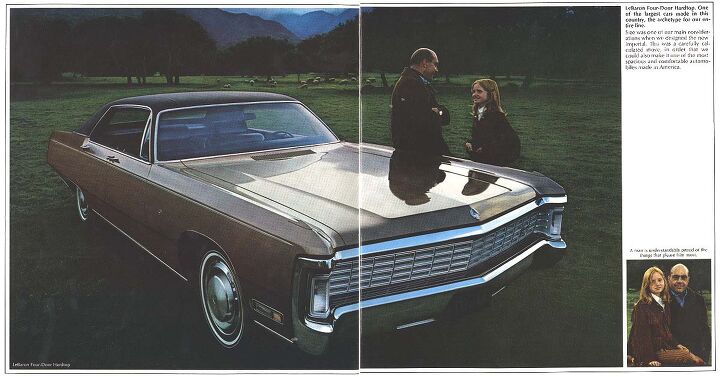


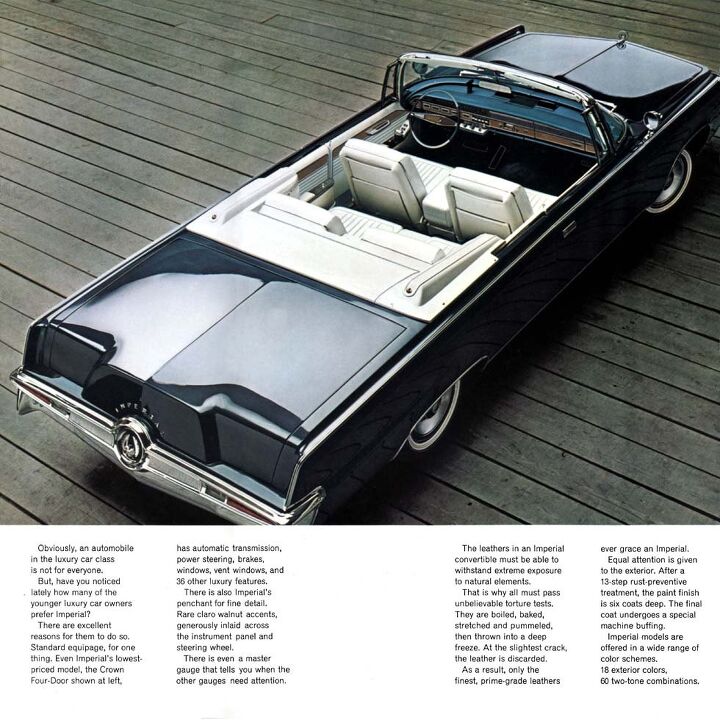


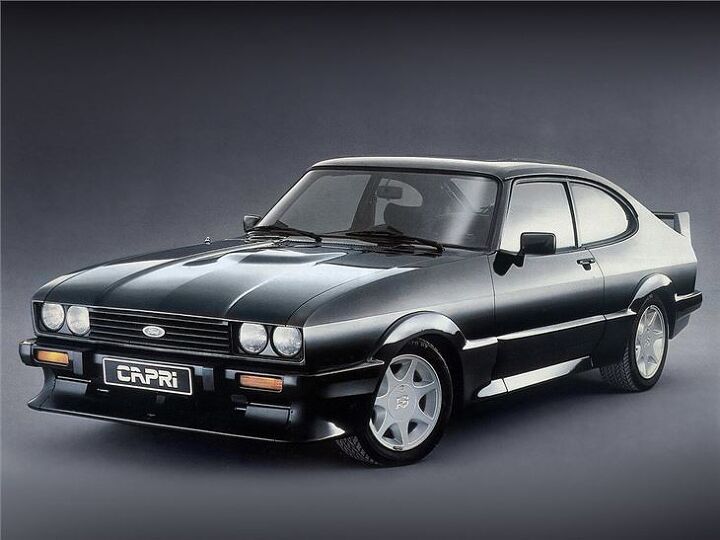


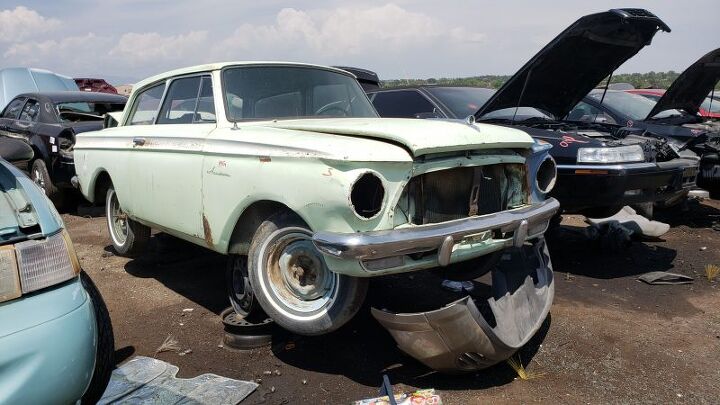
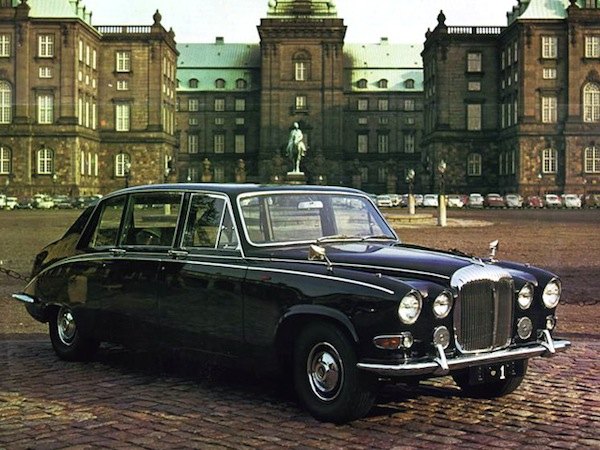


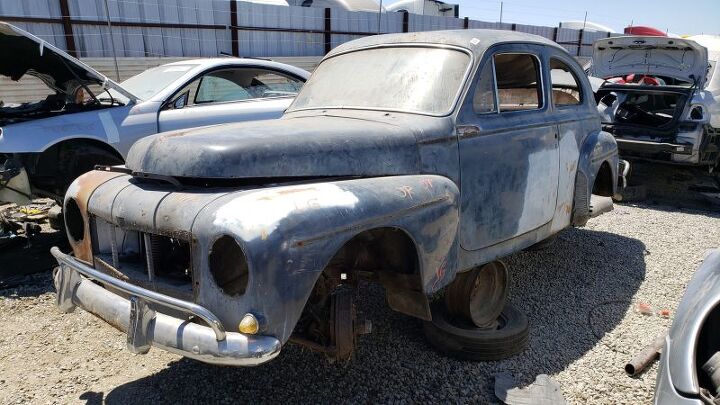
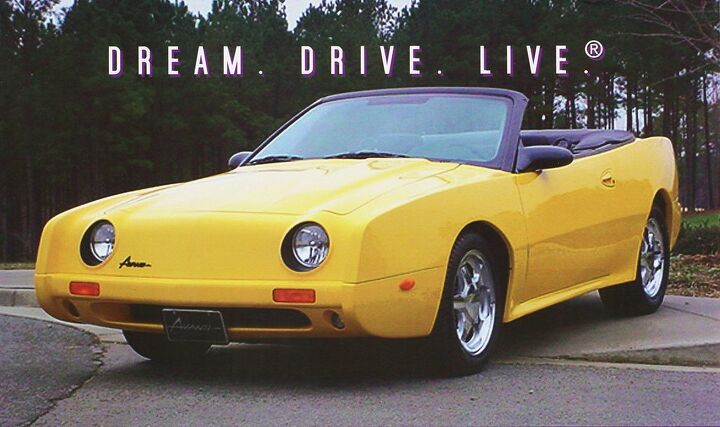












Recent Comments